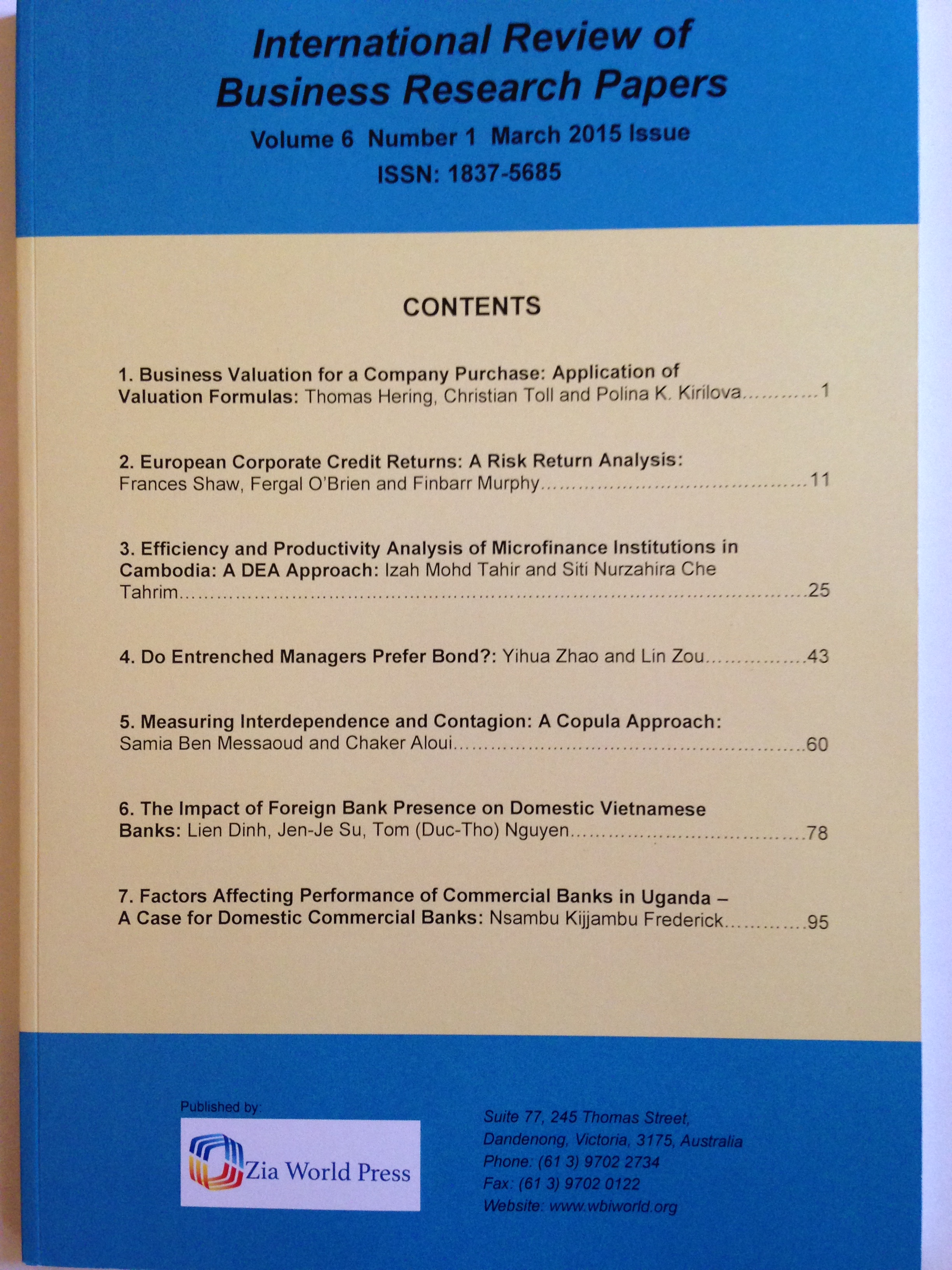March
2020

March 2020 (International Review of Business Research Papers)
Total Articles - 14
